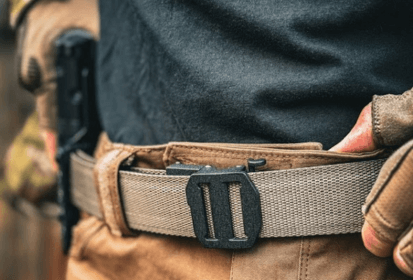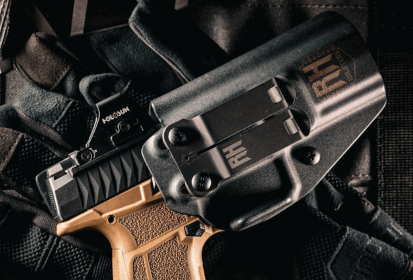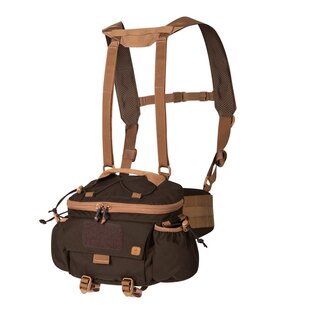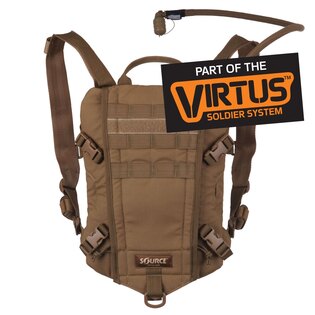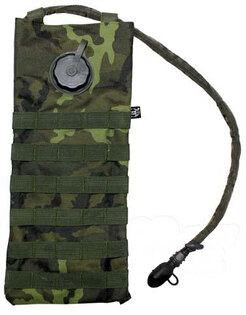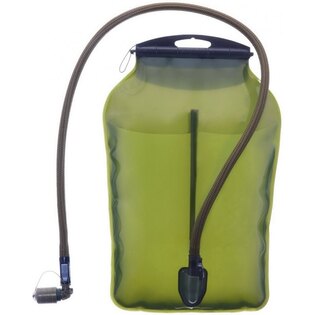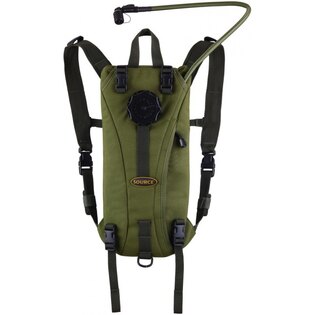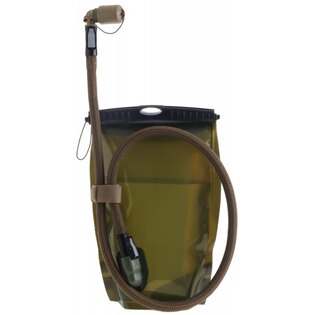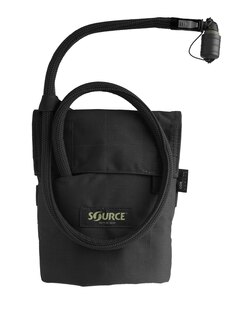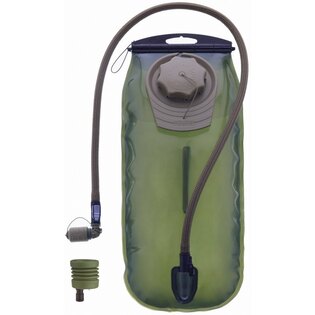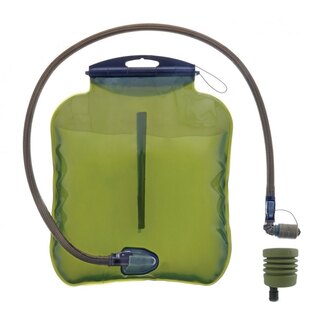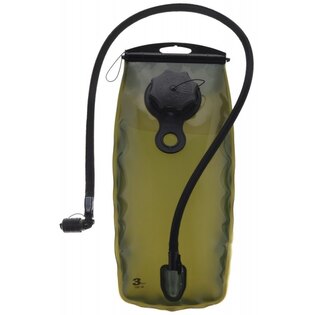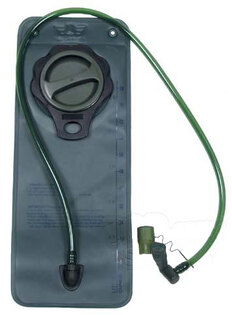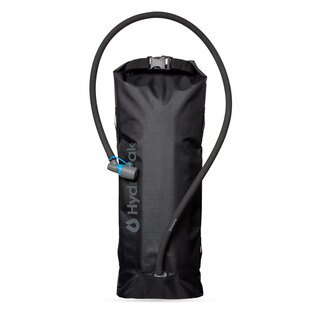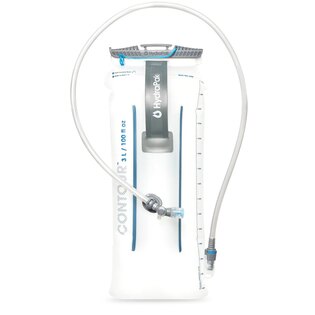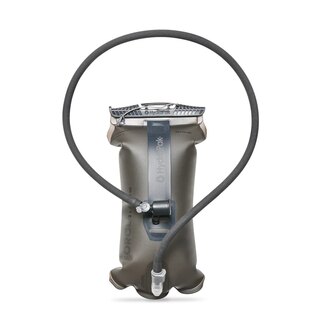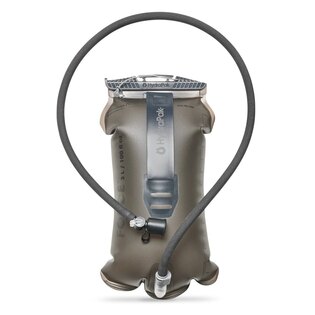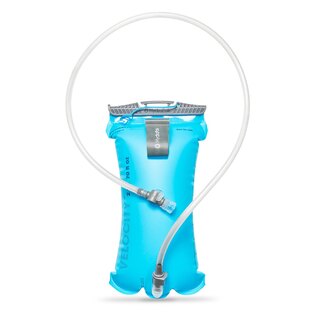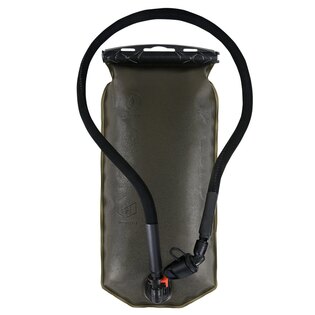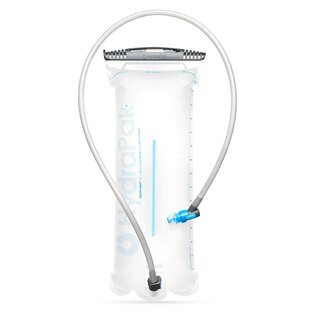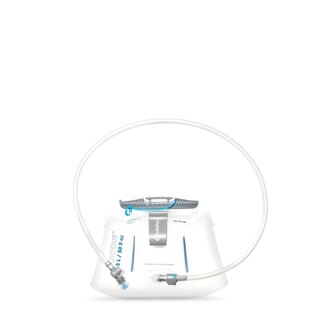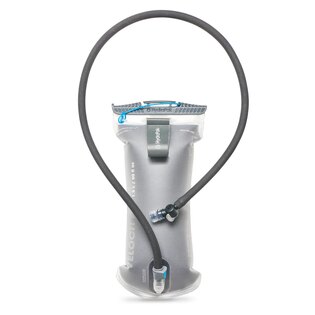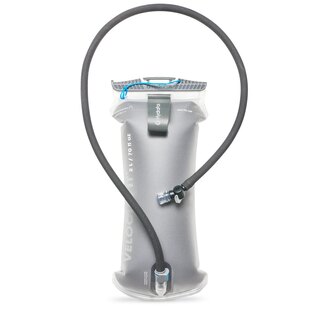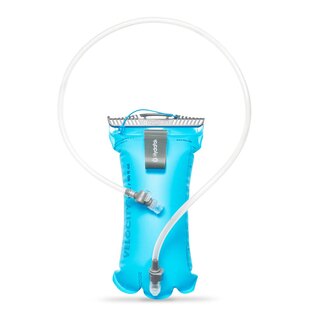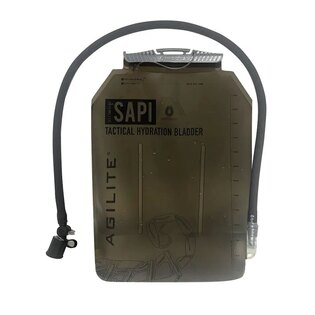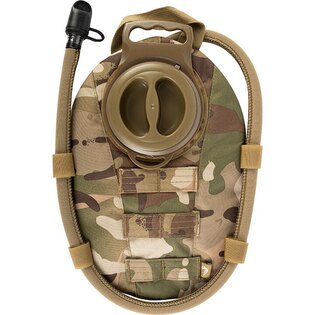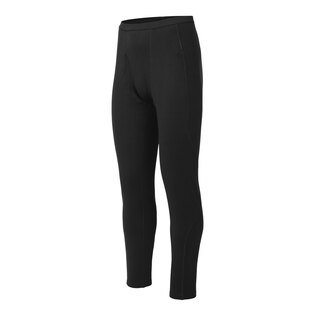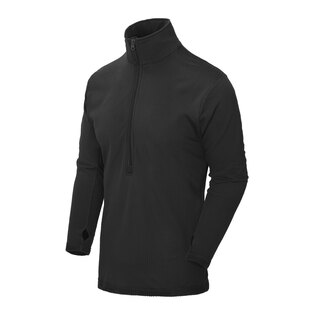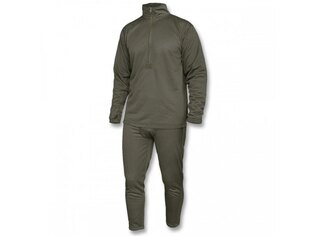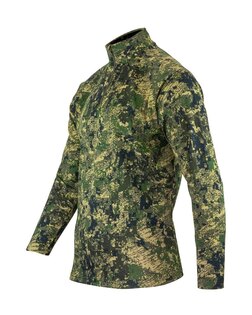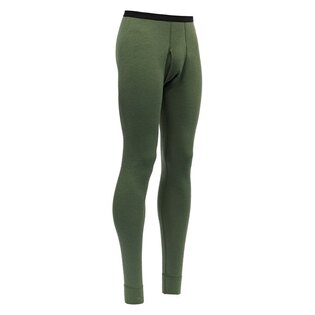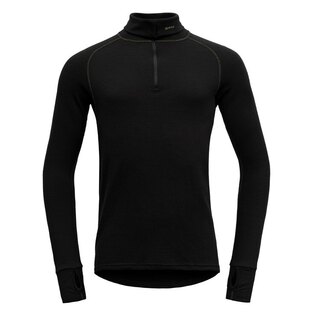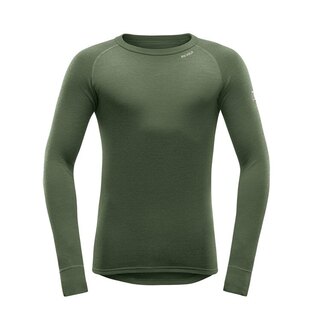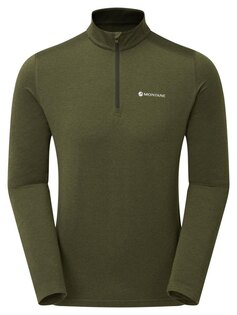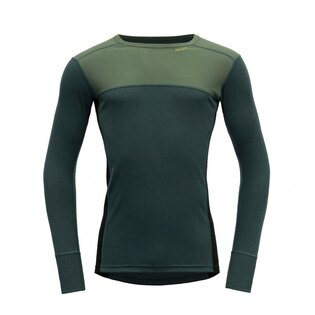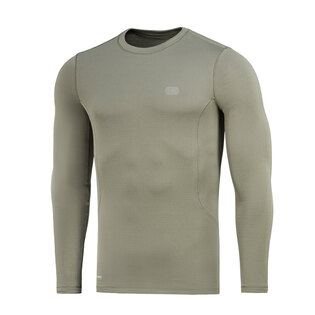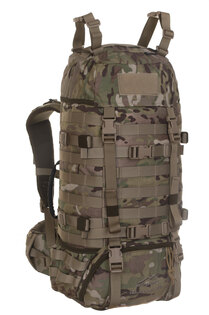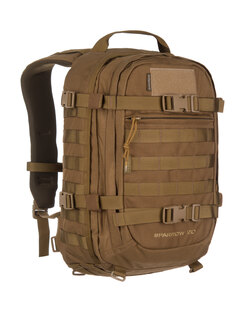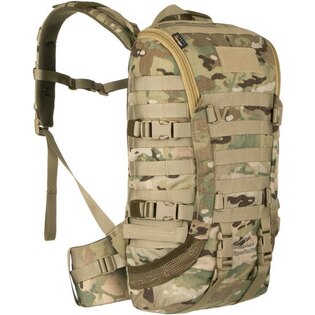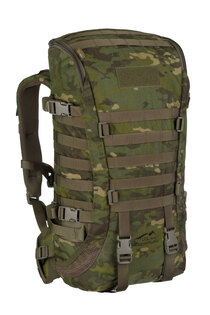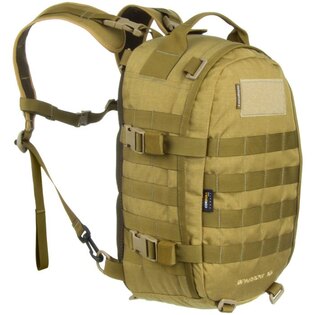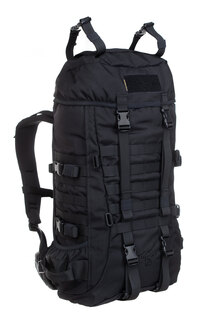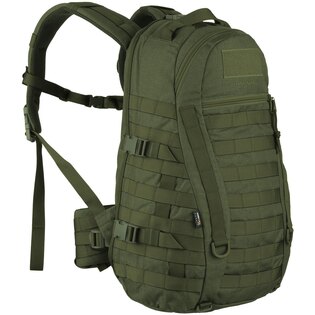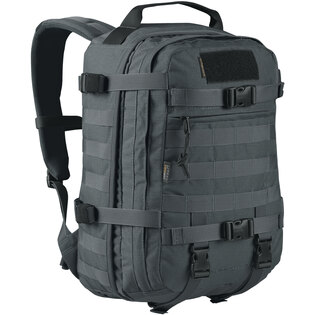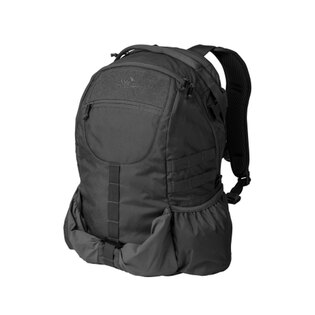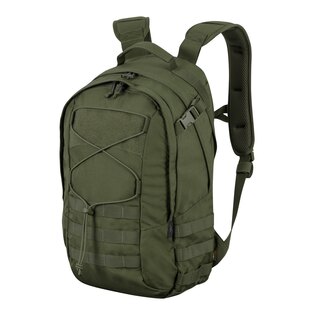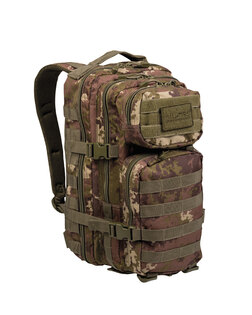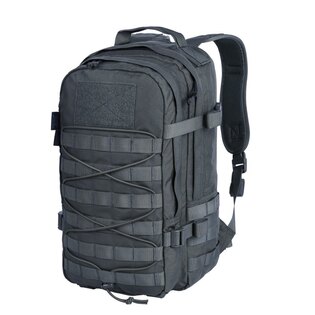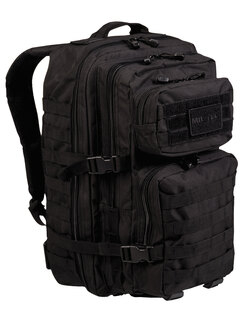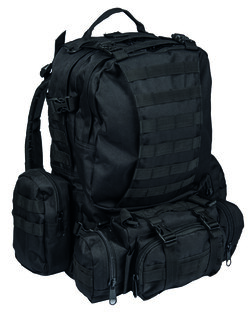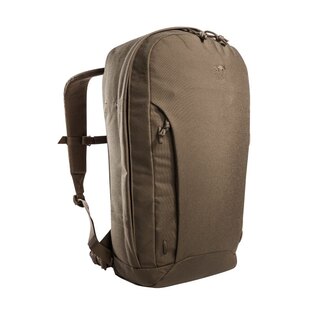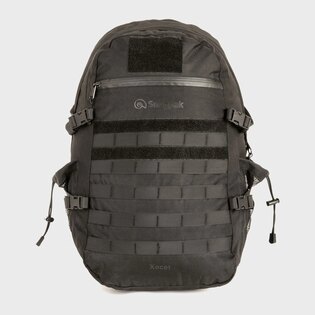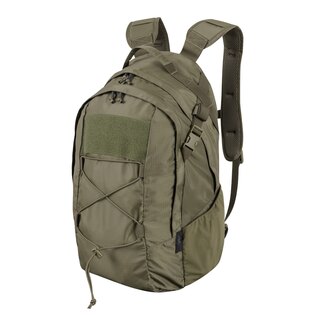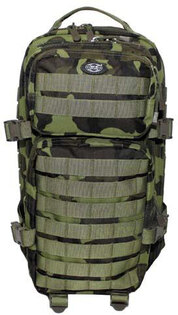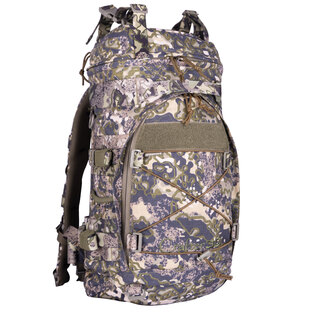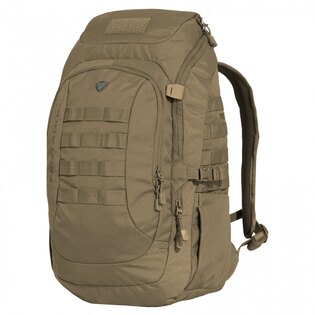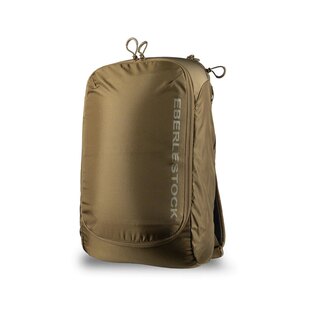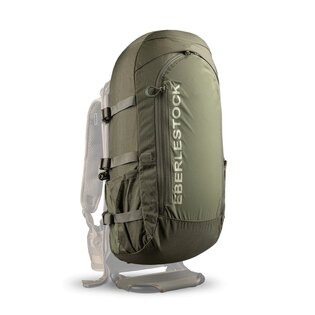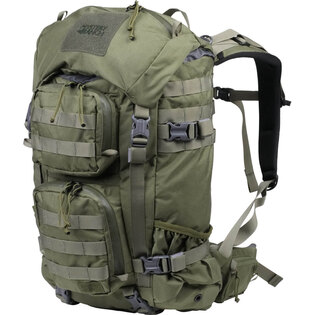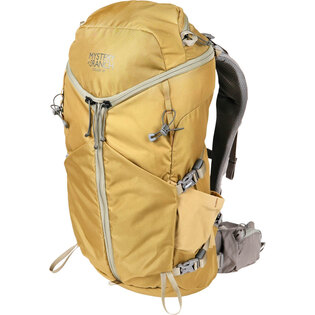Weekend outdoors in early spring? You can do it with good preparation!
Camping, trampinng and similar things have been with us for decades. However, time is still moving forward, and along with it, the equipment for outdoor activities is also moving forward. Today we look at how to pack for a multi-day adventure at the turn of winter and spring, and what to expect during this period. There will also be practical tips.
Preparation is always important!
Spending the night outside in the open is becoming more and more popular. But it is not advisable to take it lightly, because insufficient preparation can make these moments very uncomfortable and unpleasant for you. I myself vividly remember my first sleepover. It was in the winter and I could hardly choose a bigger exam. Even though I thought I had everything I needed, there were many things I hadn't thought of and many others I had underestimated.
It's been some years already, so I can share some tips and tricks (although today we'll be talking about gear) to help you sleep comfortably outside under the stars and fuel your next adventure. In today's article, I will focus mainly on the Czech environment (but I will briefly touch on the Nordic countries as well) and I will primarily focus on trips for one or two nights.
I would like to remind you that this is my own view and experience and not everyone necessarily agrees with it. The important thing is that you take away from it what is closest to you personally, and above all, enjoy it outside. In the end, it doesn't matter if you sleep on fur or use mats made of the most modern materials. The main thing is your personal satisfaction and comfort.
Pre-spring is not spring!
Writing an article on how to prepare for sleeping in the open in the summer months is not exactly a challenge given the warm weather. Approaching sleeping outside at the turn of winter and spring (since winter is almost behind us) has much more meaning. This period is specific in many ways. Early spring is not the same as warm spring. During this period, it quite often happens that very unpleasant winter conditions suddenly set in within a moment.
The weather at the turn of winter and spring is unstable and changeable. Temperatures are often above zero during the day and reach up to 10 °C, while at night they drop below freezing. During pre-spring, you can experience sunny spring weather and wake up to a cold, snow- and rain-swept morning, or an intense icy shower will meet you on the way to your resting place.
You also have to take into account higher humidity, which is especially important if you sleep on the ground (it doesn't have to bother the hammock guys so much). In addition, higher air humidity significantly affects the perceived temperature. This is further reduced by strong and icy winds.
TIP: What and how to sleep outside? You can read the article on mats, quilts and underquilts about this topic. It will help you orient yourself in the possibilities of modern products available on our market.
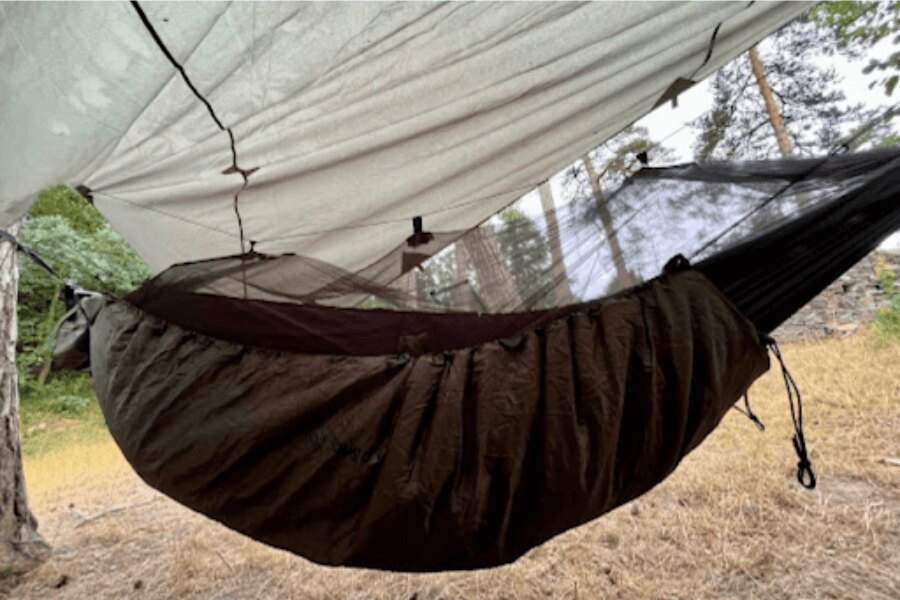
A demonstration of the insulation of a hammock using an underquilt and the use of a tarp as a shelter.
What to pack your stuff into?
The backpack
The first important topic is the choice of backpack. I have personally recognized over the years that a one-size-fits-all-situations backpack is not an ideal choice, both in terms of volume and in terms of the equipment I take with me considering the conditions and length of stay in nature.
- One-day backpack
The basic one-day backpack in my equipment has a volume of up to 25 l. It is more than enough for one-day trips without an overnight stay. For summer days, it can also be used for one night somewhere in your closest surroundings, when you don't need many things with you, but you just go to clear your head with a summer sleeping bag. Here I can recommend, within the price/performance ratio, a backpack from the manufacturer Helikon-Tex, specifically the Raccoon Mk2.
TIP: As far as trips to nature without sleeping over are concerned, the combination of a chest bag and the Foxtrot carrying system is an interesting choice. Both from the manufacturer Helikon-Tex. Read the review.
- Multi-day from spring to autumn
The following is a backpack from the section of large backpacks, which I use from spring to autumn, with a basic volume of 55 l, which can be expanded by another 18 l using additional pockets. After several attempts, I settled for a long time with the manufacturer Wisport, specifically with the Crafter 55 backpack.
Before, I used a backpack with a basic volume of 40 l, but for longer treks it was already a very consistent tetris and thinking about what to take and what not to take (however, for two-day light trips, even this volume with the addition of side pockets was, one might say, sufficient ). In addition, after using column systems for a long time, I was looking for a backpack with "suitcase" filling, mainly because of the clarity of the packed things without the need to take them out. I have written about the Crafter backpack before, you can find the review in this article.
- Multi-day for winter (and also late autumn and early spring)
For the winter and the adjacent seasons, I have a backpack classified as a large backpack with a volume of 90+ liters. One of the reasons is the fact that I go to the tramping hikes with my son and I carry some of his equipment, due to his age. Second, even when I go alone, I carry things with me for various occasions. I personally use the British Bergen, but for such a volume, you can certainly choose from the offer.
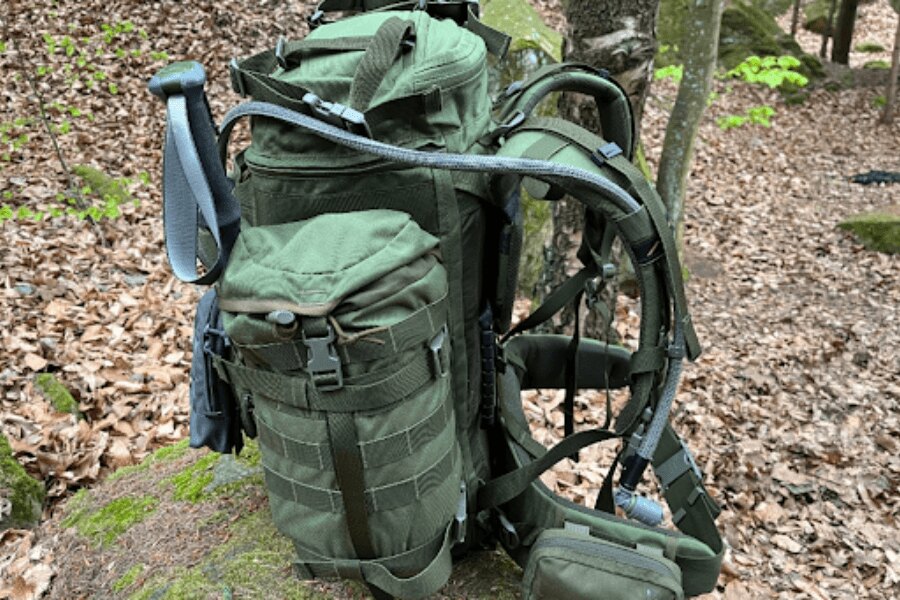
A fully loaded backpack for a multi-day trek (a jacket in the upper fastening of the backpack is missing).
So that would be a backpack. What to pack into it?
What to pack or what has worked for me
Stuff for sleeping
- Hammock and co.
First of all, I deal with things for sleeping. I personally use a hammock from Amazonas, specifically the Moskito Traveler Extreme in combination with an underquilt from Snugpak. There are many options for sleeping products, and those of you who are not sure what to choose, can learn in the article about mats, quilts and underquilts. In sub-zero temperatures, I change the underquilt to Snugpak's Cocoon system. This is really a natural Hilton, as the cocoon insulates all around and it's up to you to what extent you close it.
- Sleeping bag
A sleeping bag for winter temperatures is another matter of course. The interesting thing is that if I carry the aforementioned Cocoon in temperatures approaching zero, I only use the Jungle summer sleeping bag. This combination provides me with sufficient thermal comfort and convenience. I already use a winter sleeping bag for temperatures below zero. But choose a sleeping bag according to how cold you are or are not, and start with a warmer version to be sure.
TIP: The sleeping bag works properly when it maintains the heat that the body radiates. Therefore, when you go into a sleeping bag with your jacket on, the sleeping bag loses its effectiveness, gets cold, and then only what you are wearing insulates you. Therefore, it is better to have a lower functional layer of clothing in the sleeping bag, because then the sleeping bag will fulfill what is expected of it much better.
- Tarp
In changing conditions, it is not advisable to rely only on the hammock and its insulation. It is also necessary to think about the covering layer above. That is, a tarp. I personally use a tarp from two manufacturers – All weather from Snugpak and the other Supertarp from Helikon-Tex. Of course, what you choose is up to you, but it is important to pay attention to durability and waterproofing.
- An alternative: Sleeping on the ground
For those of you who prefer to sleep on the ground, you will primarily need:
- mat with high-quality thermal insulation, ideally inflatable or self-inflating),
- three-season or winter sleeping bag, for greater thermal comfort you can add an insert to the sleeping bag,
- shelter, e.g. tarp, bivouac or tent (unless you plan to sleep in huts or build a shelter from natural materials)
- Don't forget to pack a bivy bag or a waterproof cover for your sleeping bag separately in case you are without a shelter. When choosing, focus on waterproofness and mechanical resistance. This is because the bivy bag comes into contact with the soil under it and is susceptible to mechanical damage.
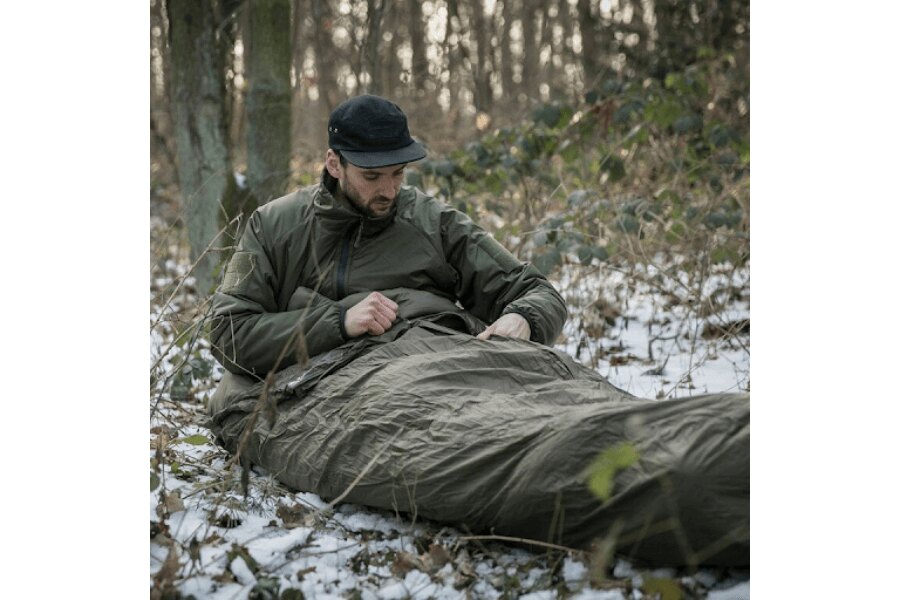
In the winter/spring season, a bivy bag should be a sure item in your backpack. Pictured is the Bivvi Bag from Snugpak.
That way we would be guaranteed sleep. Next comes food and drinks.
Water
- Water supply
Don't forget a sufficient supply of water (if you don't have anywhere to refill it), or plan your route so that you have a well along the way.
- Filter
If this is not possible, use any at least somewhat suitable water source with the help of a travel filter, e.g. from Sawyer. The advantage of this filter is its compactness, so it fits everywhere and I personally carry it in my backpack all the time (because you just never know).
- Bottles or hydration bags
Of course, you can carry water in bottles, but a simpler system (combined with a backpack) is a hydration bag. The advantage is that you always have the hydration bag tube with you and you don't have to take off your backpack when refilling fluids. What has worked for me is that I don't take up valuable backpack space by putting the hydro bag inside, but have it attached to the outside of the backpack. This makes it easier for me to add more water it if necessary.
For fans of bottles, there are both collapsible bottles and collapsible bags on the market, which are very easy to work with and are very storable after emptying them.
Nutrition
- Food
When it comes to eating, there are plenty of options. Someone carries an outdoor pan with them and cooks homemade food over the fire, while others enjoy instant meals. Personally, I only use dehydrated meals or reheated meals (so-called MREs). They taste great, the energy values are good for an exhausted trekker, and at the same time, these packages are very compact. Regardless of the options offered, from sweet breakfasts to honey chicken wings. You can heat food either in a bag with a heating capsule, or in a classic mess tin. So it's up to you what makes you happy.
Cooking
- Cooker or stove
I use the JetBoil system to heat water and food. Both for cooking and for heating water. For me, there is no more complex and powerful system on the market. I wrote a review about JetBoil in this article.
The cold climate also has a significant effect on the stove, specifically its performance. If you cook with gas, definitely choose a three-component bomb, which works well even in freezing temperatures. I also recommend, for example, a folding screen that protects the stove against wind and heat loss. The same applies to an alcohol cooker. It is certainly not desirable for the wind to change the direction of the flame.
You can also use alternative forms such as folding stove or woodburners, which are a certain form of controlled fire. The advantage of woodburners is that you fill them with small branches and once you fire it up, it doesn't even mind wet wood. The difference between them is in the size (woodburnders are smaller with an open filling inlet – unlike folding stove) and construction.
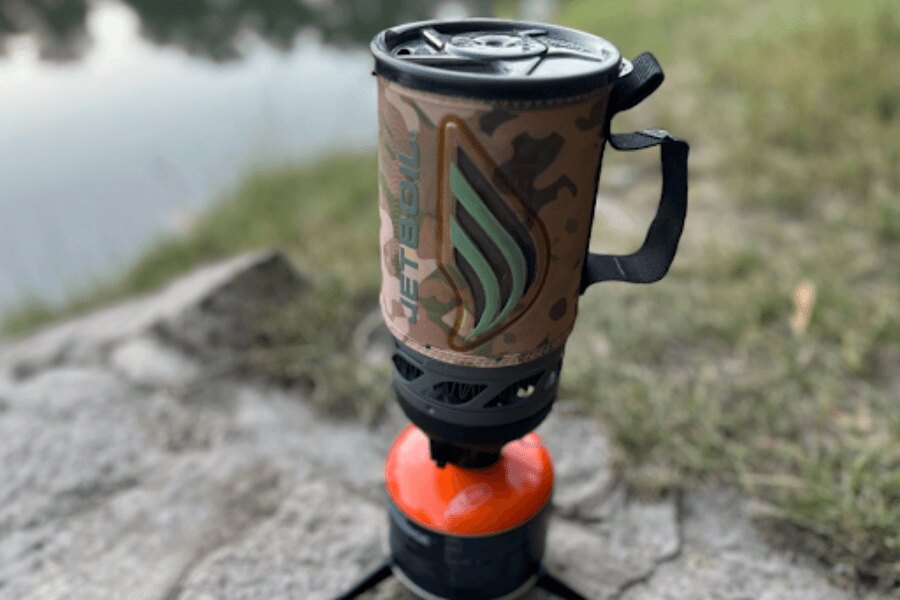
The JetBoil cooker is practical and compact.
- Firestarter
Some firestarter can also be useful for starting a fire. The more skilled ones can make it (dried birch bark or cotton swabs will suffice).
- Lighter, flint
An ideally windproof lighter (for the skilled ones flintlock, but I'm lazy).
- Tableware
With food, it is good not to forget eating utensils and some cutlery. I myself carry the combined cutlery from Gerber and the Complete dining set from Wildo. If you're cooking over a fire, pack a cooking pot or pan (preferably collapsible), a cutting board, and something to stir.
Clothing
- Raincoat, poncho or waterproof jacket
During the turn of winter/spring, I would definitely not forget to pack a raincoat, poncho or anything else that will protect you from the rain. A jacket with a membrane (e.g. Gore-Tex or hardshell) is also an option, a quality model is breathable and you won't overheat or sweat in it even when moving.
- Backpack raincoat
Don't forget that you are also carrying a backpack. If the backpack is not equipped with a waterproof cover, you will need to get one. Another option is to hide it under your poncho or raincoat (be sure to test it beforehand).
- Thermal underwear
Another piece of equipment that should not be missing in a backpack is spare thermal underwear. As soon as you stop for the night, it is always advisable to completely change into "dry" clothes. Any moisture increases the feeling of coldness. Do not forget that the sleeping bag does not heat itself and you need to warm it with your own body heat. And that could be a problem in wet and cold clothes. To be safe, you can pack dry clothes in a waterproof bag.
- Spare socks
I also recommend having at least two pairs of quality socks (choice according to season and weather). As for socks, I recommend avoiding cotton, as cotton absorbs sweat but does not transfer it away from the foot. The fibers therefore absorb sweat, but do not let it go any further. Great properties are pure merino wool, which wicks away sweat well, warms even when wet and is naturally antibacterial, or merino in combination with high-quality synthetics, which increases the sock's mechanical resistance and can dry faster.
- Gloves
I personally have two pairs. One of them for warm weather (summer army) and then leather winter ones from Helikon-Tex. The main function is to protect the hands from the cold, but also from mechanical influences (when cutting wood, going through bushes, etc.).
A big bonus for me are gloves with a loop for hanging (e.g. on a carabiner). I always have them with me, I don't forget them anywhere and I hang them where they are best accessible. Be sure to choose gloves according to the method of use. Warm "ski gloves" may not have good resistance in combination with a saw, and their sensitivity is not good either.
- Cap
We don't need to remind you that the cap protects the ears from the cold wind :-)
So we have a backpack, sleeping, protection from the rain, we won't die of hunger, clean water happily splashes in the hydration bag, and what's next?
Other equipment
- Headlamp and spare batteries
When it gets dark, it's always good to have a good light source on hand. A headlamp is a clear basic. Ideally, it is weather and water resistant and has multiple lighting modes. I often use the red spectrum, because it doesn't irritate so much at night, it doesn't dazzle other people, and in addition, in the summer, red light doesn't attract various flying insects. It has been very useful for me when the headlamp is rechargeable.
In addition, I recently discovered the magic of a solar folding lamp, which is very compact and surprisingly powerful. Read the review of the lamp here, I can recommend it to all travelers with a clear conscience.
- Power bank and cables
Also pack a fully charged power bank and all necessary cables. Don't forget that smartphones can drain to zero in no time in the cold and wind. In cases where, for example, you need to call for help and communicate with a paramedic for a long time or navigate somewhere using maps on your mobile phone, a power bank will come in very handy.
- Shovel
If you go trekking in the Nordic countries, where the climate and snow conditions are quite different (experiences from Sweden and Norway), don't forget to take a folding field shovel, which can be useful for digging or throwing snow when building a shelter.
A shovel is a tool that is not worth saving on, as you have to rely on it, and cheaper manufacturers often do not guarantee sufficient strength of the materials used. You can also find some advice about sleeping in the snow in this article.
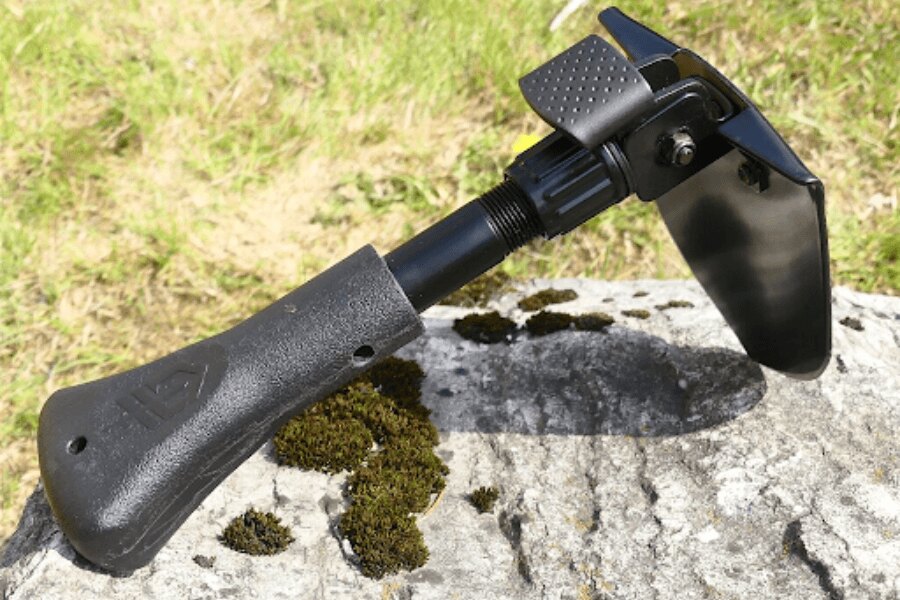
A folding shovel is useful not only in the Nordic countries. Pictured is a Gerber Gorge folding shovel/pickaxe/spade.
- Knife
There is no need to defend the need for this tool in any way. I always carry Gerber's Strongarm with me.
- Saw
In short, something for woodworking. I have given up the axe and use only a folding saw for practicality.
- First aid kit or IFAK
Always carry a first aid kit or IFAK with at least basic equipment with you. Choose the volume according to the length of stay outside. You never know when something will happen to someone. In addition to the basic equipment, pack several pairs of gloves to protect yourself from infection. In winter, several pieces of thermal insulation film can also come in handy – it has a wide range of practical uses (e.g. thermal comfort, improvised transport of the wounded, etc.), but it tears easily, so one may not be enough. You can read more about IFAK and first aid kits in this article.
- Paper map, compass
Are you going somewhere you don't know? Pack a good old paper map in a waterproof case (on which you can mark the route with a marker). Relying on maps on your phone, which can drain very quickly in winter, is not worth it. However, before you take a map, make sure that you know how to navigate it, or that you know how to use navigation tools such as a compass, etc.
- Basic hygiene
If you don't go "rough", a brush and paste, decomposable toilet paper or moist or antibacterial wipes will suffice. Disinfectant gel is a great thing. In warmer weather, you can add repellent and sunscreen.
- Garbage bag
What you brought to nature, you also take with you. Some kind of rubber band or paracord is also quite useful here, because it is better to have the garbage bag firmly attached to the backpack than to "ring" from side to side like church bells.
At this moment, we have a kind of basis for the "discomfort" presented. Let's summarize a bit, because there was enough text and one could get lost in it:
Checklist
So what will come in handy:
- Backpack: with a volume sufficient for a specific season and type of trip.
- Sleeping items: sleeping bag, mat or hammock with underquilt/hammock mat/cocoon, sleeping bag, tarp.
- Cooking kit: some source of heating food and water such as a JetBoil, an alcohol cooker, a wood burner, collapsible stones, etc.
- Raincoat/Poncho: protection from rain. Some ponchos can also be used as a tarp.
- Water supply: Hydro bag, bottles, or a filter depending on the type of trip.
- Food and eating utensils.
- Water filter (according to conditions).
- Gloves.
- Light source.
- Power bank.
- Thermal underwear/spare t-shirt and socks: because high humidity (or being sweaty) increases the feeling of cold
- Knife.
- Saw.
- Folding shovel.
- Basic hygiene
Practical advice and tips
In conclusion, I would like to introduce you to some tips that have proven useful to me over the years and have increased user comfort.
- In addition to my backpack, I always carry a chest bag, where I put cutlery, a power bank, antibacterial wipes, a headlamp, charging cables, some kind of provisions, a hat, clip on gloves... Simply everything I want to have at hand without taking off my backpack. It's a great thing.
- I always carry decomposable toilet paper with me, I don't even take it out of my backpack. Burdock with a ladybug is an experience, but burdock isn't everywhere. Please remember to bury your artwork properly!
- Disposable heaters have also worked well for me in the worst case scenario. Hands or feet in a sleeping bag will thank you when surprised by a cold night. It's easy to store, it doesn't weigh anything, and it's not a bad idea to have it packed in a pocket in your backpack as a rescue lit, or a pocket of last resort. Once on a freezing night when I underestimated where I was, I used disposable heated shoe insoles, but on my hips. If your feet are frozen and you go into your sleeping bag like this, you won't sleep. Put these heating capsules in your socks and you are guaranteed a pleasant night. PS: getting cold causes the need to get out of the sleeping bag, as they say, to fulfill your basic needs.
- You can never have enough carabiners, and certainly not enough paracord. You hang up your backpack when it's wet, or you're somewhere in the north dealing with bears, you have a clothesline when you get wet, or when the hammock strap breaks due to material fatigue. It's just convenient.
- Spare underwear, because the wolf from Šumava or monkey butt does not come with dry underwear.
- If I go for several days, the paddling bags have worked well for me, in which I divide things like underwear, things to change clothes, etc. Then in the backpack you know what to reach for and you have the interior space nicely organized. Regardless of the protection of these things from getting wet or moist.
Conclusion
this article is definitely not written as a patent on packing. I mainly discuss what has proven useful for me during my expeditions and what has helped me in terms of comfort and utility. Every person has different needs and everyone has to find "their own" in the end. The article can help you with some questions or as inspiration, what could improve your experience of sleeping under the open sky. This is not an ultralight system, there are other experts and other articles for that. I wish you many happy kilometers and nights spent in nature.
Readers are further interested
